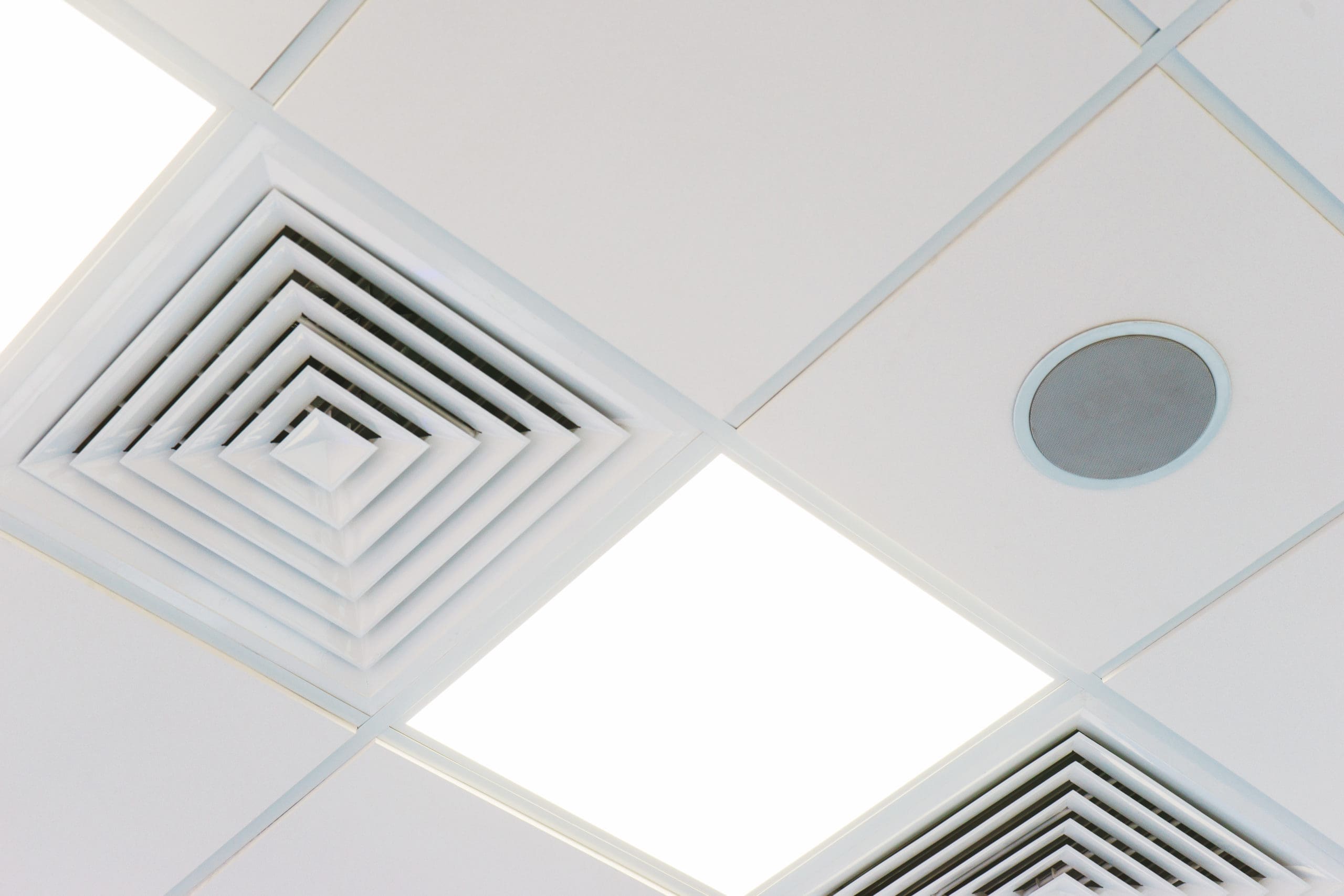Although campuses have been soaping, wiping and fumigating surfaces to fight the coronavirus for months now, increasingly, scientists say there is little or no evidence these efforts keep COVID-19 from spreading.
That’s because the virus is primarily spread by infected people who exhale, talk, sing, cough or sneeze in crowded indoor spaces, reports the New York Times. Experts are now encouraging organizations to focus more on improving ventilation and the filtration of indoor air.
“In my opinion, a lot of time, energy and money is being wasted on surface disinfection and, more importantly, diverting attention and resources away from preventing airborne transmission,” Dr. Kevin P. Fennelly, a respiratory infection specialist with the U.S. National Institutes of Health, told the NYT.
I discussed the importance of campuses taking a closer look at their indoor air quality and ventilation systems in my blog a few weeks back.
The fact that COVID-19 usually is transmitted when someone talks, sneezes, coughs or even just breathes drives home the importance of everyone wearing facial coverings and social distancing until we get the coronavirus under control.
This is not to say that campuses should completely stop cleaning and disinfecting surfaces. Common sense dictates that if someone who is infected with the coronavirus coughs over a table and then another person sits at that table, touches it and then touches their face, there is a greater likelihood they will be infected. Obviously, that surface needs to be cleaned.
The NYT article also recommended that people continue washing their hands with soap and water for 20 seconds… or use hand sanitizer if soap isn’t available.













